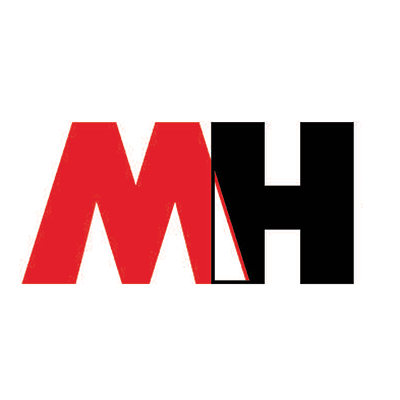Is Homeowners Insurance Enough in the Toughest of Times?
Homeowners Insurance is supposed to protect us in case of disasters. That is what we have come to expect from our home insurance over the years. But what if the disaster is the costliest in U.S. History? What if your insurance agent’s home and office were destroyed in the disaster also?
That is what happened to many customers and homeowners insurance agents and companies after Katrina hit the Gulf coast. Many agents’ homes, offices and insurance Companies’ claims centers were in the same situation as their clients due to the storms. So what did they do? They set up “office” in tents and mobile trailers. Then Hurricane Rita blew away these temporary offices and the agents and companies set them up again. These temporary shelters acted as a communications center for all people in the surrounding areas. Local people would come by to ask questions, meet with their claims adjusters and just catch up on the news with their neighbors. Extreme circumstances dictated unconventional responses: some agents even filed claims for their clients without even talking to the clients just so they could get the claim “in the queue.” Allstate allowed customers to submit claims through any agent in the country and set up a priority line to assist. They sent email to agents in the areas surrounding the disaster areas to act as messengers by “word of mouth” to their fellow agents in the effected areas. The larger companies such as State Farm & Allstate that service claims for the national flood Insurance Program even used satellite imagery to determine damage in some neighborhoods that were entirely flooded.
Lessons Learned: Those of us not effected by these disasters can learn a few lessons about coping with future disasters from the thousands of policyholders that are still waiting to get their claims paid. As soon as possible, take steps to prevent further damage to your home if possible: such as covering the roof with a tarp if possible. You can hire a contractor if you can find one, as that would be safer for most of us than climbing on our roofs. Hold off making any repairs until you see or talk to an adjuster first. Plus, keep your receipts, as you’ll need them to prove expenses that can be re-imbursed later.
What Does Homeowners Insurance Cover?
You can generally expect your home insurance to help pay for additional living expenses for up to 12-24 months while your home is being repaired. But, homeowners insurance usually pays only after they verify you have a legitimate claim. After Katrina, many insurers made an exception, automatically distributing enough to cover two weeks’ worth of additional living expense to anyone in an area subject to mandatory evacuation. Some companies even gave small advances on contents under the personal property part of their homeowners insurance policies.
If you have to wait to get your check, it helps to have cash that is easily accessible in a bank account or money market fund. Stashing cash at home isn’t a great idea because if your home burns down and you weren’t able to get to your cash, most homeowners insurance policies only cover $100-$200 in cash whether it is stolen or burned up in a fire. Your goal should be to have an emergency fund available to take care of your family for 2-4 weeks (minimum)if possible. In a disaster it might be hard to even find a local bank to get cash. Debit/credit cards with a statewide or national bank would perhaps be better.
Your biggest problem in getting your claim handled may be in either not having the proper homeowners insurance coverage or not having enough coverage. Most good homeowners insurance policies today cover up to 120% of your dwelling coverage limit. It is important that you review the dwelling limit with your agent every couple of year’s at a minimum. Homeowners insurance policies do not cover Flooding, but you should again see your agent for this coverage.
If your homeowners insurance falls short, you may qualify for money from the Federal Emergency Management Agency (FEMA) or a disaster-assistance loan from the Small Business Administration (SBA). Homeowners can borrow up to $200,000 for rebuilding and $40,000 to replace personal property at very low interest rates for up to 30 years.
So why not get started today and call Micah and Maria at 702-477-7776 for excellent advice from Bleecher Insurance Advisors

